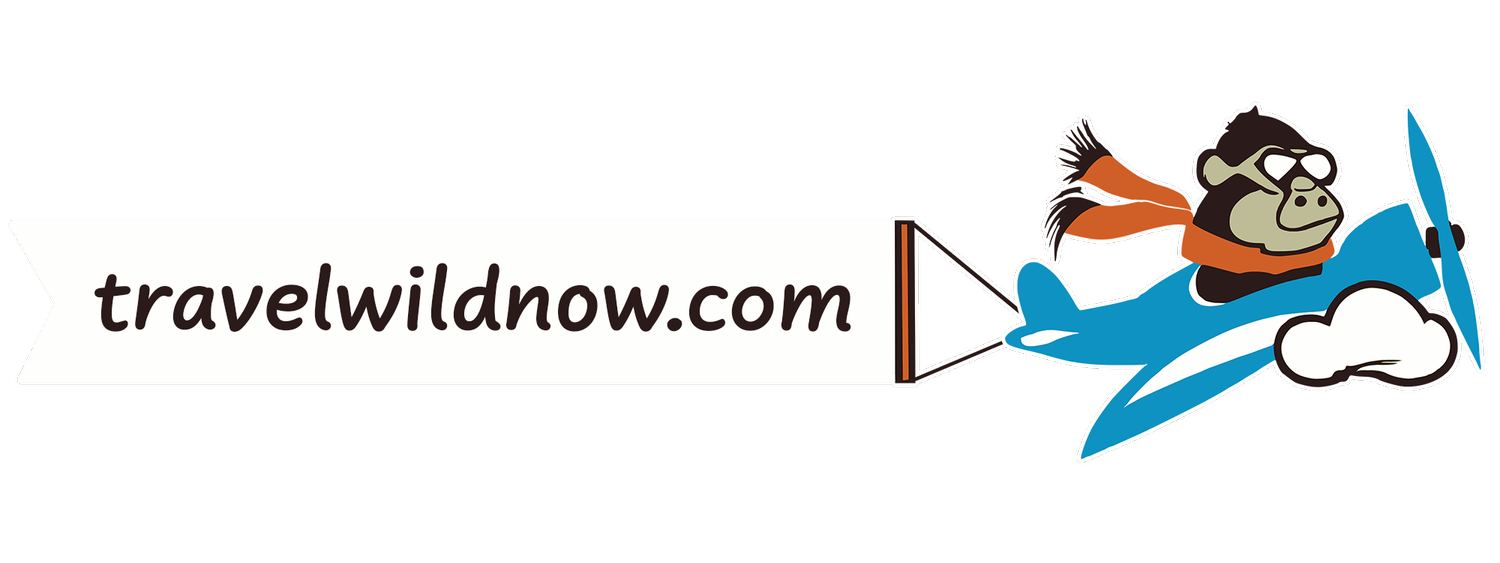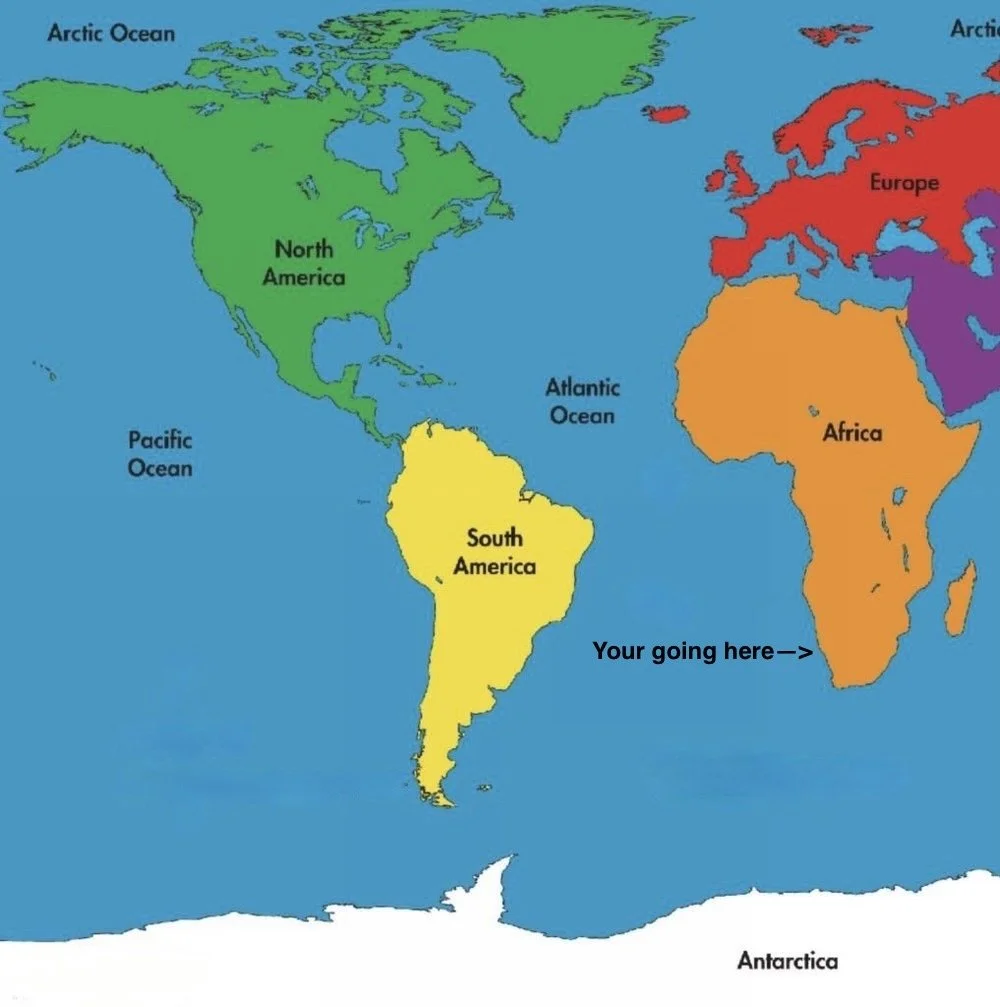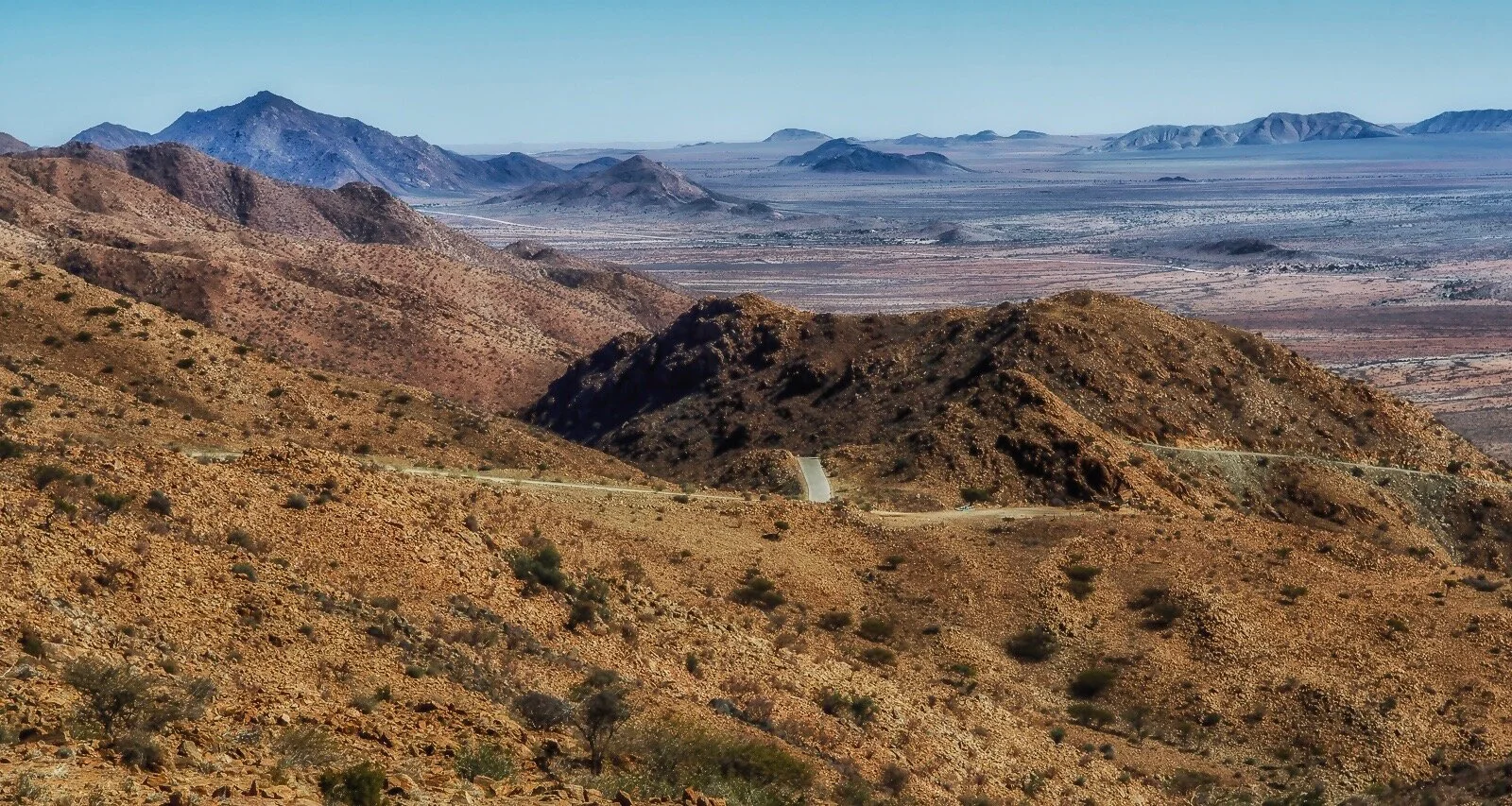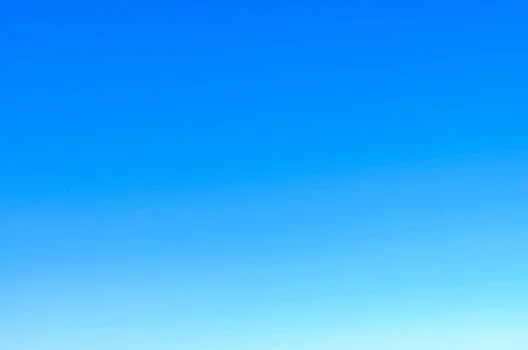NAMIBIA 13 Days or NAMIBIA EXPRESS 7 Days
This itinerary visits the Sossusvlei Dunes in the Namib-Naukluft Park, the towns of Walvis Bay and Swakopmund, Skeleton Coast, a Himba village, Etosha National Park and the Cheetah Conservation.
Namibia is in Southern Africa. Slightly larger than Texas, its western border is the Atlantic Ocean. Namibia has a population of 2.6 million people and a stable parliamentary democracy. Agriculture, herding, tourism and mining form the basis of its economy. With a solid infrastructure, it is a peaceful country, relatively safe to travel that allows visitors to move confidently off the beaten path to explore the country and its people. Namibia's Coastal Desert is one of the oldest deserts in the world. Its sand dunes, created by the strong onshore winds, are the highest in the world.
Why go ?
—With the Atlantic Ocean to one side, and the world's oldest desert on the other, visiting Namibia is like no other destination. A staggering combination of breath-taking landscapes that will make you feel like you're in another world. It’s home to the towering sand dunes of Sossusvlei and Swakopmund, a rich indigenous & colonial history, the wildlife mecca of Etosha National Park and a thriving adventure activity scene.
Before you go:
Lonely Planet and Bradt Travel Guides are excellent resources to find a tour operator to arrange your plans.
Licensed Tour Operators are a “one stop” shop offering complete travel/tour services.
What vaccines do I need ?
What type of travel adaptors are used in Namibia: Type D and Type M.
Namibia is an easy country to navigate a self-drive adventure. The advantage is having the freedom to travel at your own pace and go wherever you want to go. The scenery is too incredible to pass up.
Just remember that in Namibia, driving is on the left-hand side of the road, so be sure to adjust accordingly.
The road network is extensive and generally well signposted. Grab a Namibia Road Map.
When traveling on unpaved roads, it's important to protect your camera from dust. Be sure to pack a quality, dust-free bag to keep your camera safe and sound.
Namibians are known for their friendliness, and the country's infrastructure is top-notch. Corruption is also relatively low compared to neighboring countries, making it a peaceful, safe, and welcoming destination. However, like any other country in the world, it's important to keep safety tips in mind, especially when it comes to poverty.
The best time to visit Namibia is from July to September, with pleasant weather and the chance of rain is low. This is also the best time for wildlife viewing, making it peak travel season so you will need to plan in advance.
DAY 1
Arrive at Windhoek airport and transfer to your hotel.
Windhoek is the capital and largest city of Namibia.
It’s a good idea to stock up on snacks and bottled water before your adventure begins.
Dinner suggestion: Joe's Beer House, a “must eat” institution.
Overnight: Windhoek. <where to stay>
Distance: Airport to city, 35 minutes / 40 km.
DAY 2
Begin your journey with a spectacular drive to Sossusvlei.
We recommend the Spreetshoogte Pass route to the Dunes.
—It is a gorgeous high mountain pass located in central Namibia.
—The pass is one of the steepest in southern Africa with a 22 percent slope.
—The pass lies on district road D-1275 from Rehoboth to Solitaire.
Overnight: Sossusvlei (3 nights) <where to stay>
Distance:
Windhoek ---> Spreetshoogte, 3 hrs.
Spreetshoogte ---> Sossusvlei, 3.5 hrs.
BE MINDFUL OF YOUR AUTO GASOLINE SUPPLY IN THE REGION. THE ONLY GAS STATIONS ARE AT SOLITAIRE AND AT SOSSUSVLEI. They will be able to assist with any tire problems and minor vehicle issues.
DAYS 3 and 4.
Two action packed days.
Discover the Sossusvlei Dunes in the Namib-Naukluft Park.
—The towering sand dunes are reputed to be the highest in the world.
—The Dunes are approximately 36 km from the gate entrance.
The first striking dune you come across is DUNE 45, about 45 km from the entrance.
GPS coordinates: 24.7278° S, 15.4726° E
Further up is the Sossusvlei basin.
—The Dunes you should not miss are: Sossusvlei, Big Daddy and Dead Vlei.
Climbing the dunes is one of the most thrilling lifetime adventures.
—It takes about 40-70 minutes to reach the top of the dunes depending on your physical condition.
Ballooning - a great activity to view the dunes in a different perspective. <Namib Sky Balloon Safaris>
If time permits, explore the Sesriem Canyon, a geological narrow gorge. (1 km long and 30 meters deep)
The gorge is an interesting place to walk around and observe the different rock layers.
Overnight: Sossusvlei region.
DAY 5
Your next destination is the Swakopmund/Walvis Bay area. <map>
Along the way, stop for a quick photo opportunity a Kuiseb Canyon, a stunning landscape adorned with deep ravines.
GPS coordinate: 23.3667° S, 15.6667° E
Swakopmund is Namibia's main beach resort. It is a colonial town with a German history, well defined by the building architecture and German restaurants. <video>
From water sports to exploring the nearby sand dunes, there is no shortage of adventures to embark upon in Swakopmund.
You can alternatively stay in Walvis Bay, however Swakopmund is an nicer town and atmosphere.
Walvis Bay is located 35 km south of Swakopmund. The region is known for dolphin and seal cruises and its expansive lagoon, a haven for a diverse range of bird species including flamingos. (More details outlined in Day 6)
If you arrive at Swakopmund by early afternoon, you might have time to go Quad biking on the dunes.
—Inquiry at the local rental shop.
Overnight: Swakopmund. (2 nights)
Distance: Sossusvlei ---> Swakopmund, 6 hrs./ 350 km.
Driving tip: Gas and food stop recommended at Solitaire outpost (about 140 km north of Sossusvlei)
DAY 6
Activities at Walvis Bay / Sandwich Harbor:
The area features an incredible abundance of birdlife and the stunning landscape of contrasting sea and dunes.
At Walvis Bay, witness an impressive bird colony that is home to around 200,000 birds, including terns, flamingos, and pelicans. Specifically, you can observe large numbers of flamingos as they gather together in flocks.
Sandwich Harbor is located 50 km south of Walvis Bay and only reachable with a local operator.
Access is with a 4x4 vehicle.
Access to the lagoon can occasionally be hampered by high tide, which means that NOT all scheduled tours are able to reach the lagoon. Visitors may need to walk the last stretch to the lagoon.
GPS coordinate: 23.3501°S 14.5029° E
For an unforgettable adventure, consider booking a guided kayaking tour to see seals at Sandwich Harbor. Many visitors choose to pair this experience with an exciting 4x4 Dune ride near the Atlantic Ocean.
Both the kayaking and the Dune 4x4 ride are highly recommended activities, and there are plenty of amazing photo opportunities to capture. You'll get the chance to see various marine life, jackals, & the stunning dunes stretching all the way to the deep blue ocean waters.
Overnight: Swakopmund.
Distance: Swakopmund ---> Walvis Bay, 45 minutes.
Go kayaking with thousands of seals off Walvis Bay coast.
Dune ride
Options on Day 7: continue in Nambia, journey to Botswana or return home:
Options on Day 7: continue in Nambia, journey to Botswana or return home:
DAY 7
Depart Swakopmund / Walvis Bay.
<Namibia Express: 7 day itinerary ends here>
If your continuing to explore Namibia -13 day itinerary, continue reading:
Departing Swakopmund head past a section of the Skeleton Coast - one of the finest coastal wildernesses in the world. Stretching from Swakopmund to the Angola border, it is a 40 km wide and 500 km long strip along a hostile coast.
—It is a place of wide-open desert space, isolation and solitude. With dotted shipwrecks on the isolated beach, it’s a photographer’s delight! As you drive inland, the landscape looks like a nuclear wasteland, desolate and striking! (Mad Max was filmed here).
Overnight: Khorixas
Distance: Swakopmund ---> Khorixas, 4 hrs. / 310 km.
DAY 8
Visit the Otjikandero Himba Village for a Himba experience before continuing to Etosha National Park.
The Himba are one of the last tribes in Africa living within their tradition. They are a semi-nomadic people and culturally distinguishable.
To visit the village, contact a tour operator.
The one (1) hour tour includes a variety of ceremonies, farming, smoke baths and an insight into their lives and traditions. You will be able to interact with the Himba’s and are free to photograph.
Overnight: Okaukuejo, located 17 km from the South Gate-Etosha N.P.
Distance:
Khorixas ---> Himba Village, 90 minutes.
Himba village -->Etosha Park (south gate) 3 hrs.
Meet the Himba Tribe
Getting to the village: Depart Khorixas to Kamanjab, then drive C-40 east for 21 km. <DIRECTIONS>
DAYS 9 and 10
Two (2) days at Etosha National Park. <Learn more>
The best game viewing season is May through September. <video>
The camp reception and the game warden are valuable sources of advice for locating the best areas for game viewing.
Etosha is home to a wide array of large mammals, including lions, leopards, elephants, rhinos (although they are rarely spotted), giraffes, wildebeests, hyenas, zebras, springboks, kudus, gemsboks, and elands.
The park's prominent geological features are the salt pans, which are highly noticeable across the landscape. Additionally, the park experiences a savanna desert climate.
The recommended route is to enter at Okaukuejo (south gate) and depart at Namutoni (east gate).
Overnight: on Day 9. Okaukuejo (South gate -Anderson)
Overnight: on Day 10. Namutoni (East gate)
DAY 11
Depart Etosha Park (East Gate).
During your trip, you can make a stop at the Cheetah Conservation Fund, which is located 44 km east of Otjiwarongo along D-2440.
The Cheetah Conservation Fund is an organization with a mission to save the cheetah in the wild.
At the Cheetah Conservation Fund, you can See and Learn about the cheetahs and the ways in which the organization is working to protect this endangered big cat.
Continue to Waterberg Plateau National Park for a brief visit. <directions>
The park is a characteristic table mountain, ecologically diverse with over 200 different species of birds.
Explore the valley of this nature reserve. <Hiking map>.
Overnight: Waterberg Plateau N.P. <accommodations>
Distance:
Etosha ---> Cheetah Conservation, 3 hrs./ 300 km.
Cheetah Conservation---> Waterberg Plateau, 2 hr.
DAY 12
Depart Waterberg Plateau N.P.
Stop along the way in Okahandja, where two (2) large outdoor craft markets are located.
These open-air markets are one of Namibia’s more popular tourist attractions. Always bargain for any items you are purchasing. The markets are well worth it with an excellent array of crafts and souvenirs.
The South Market is better.
Afterward continue to Windhoek.
Overnight: Windhoek
Distance:
Waterberg Plateau---> Okahandja, 2.5 hrs.
Okahandja ---> Windhoek, 50 minutes.
DAY 13
Depart Windhoek for your flight home.
Option: Many visitors add a extension to Cape Town.
Distance: Windhoek ---> Airport, 40 mins.
SELF DRIVE TIPS: Driving on gravel or sand roads.
Although the main routes in Namibia are tarred, more often than not you will be driving on gravel or sand roads.
This is especially true for visitors driving to Sossus Oasis as all roads leading to Sesriem have a gravel surface. These types of roads are usually well maintained, but sometimes one encounters heavily corrugated stretches.
The optimal speed is usually about 80 km (45 mph) per hour. Driving at high speeds can mimic driving in snow, where you can skid or slide.
Average cost:
(EXCLUDING AIRFARE)
$$$ USD for two (2) people.
Budget: $3700
Moderate: $5200
Luxury: $6500 +
Climate Guide:
Over 300 sunny days a year. Don’t forget your sunglasses!
Hot season and wet seasons are October through February.
Namibia’s dry period and best time to visit are May through September.
The warmest months are November and December.
The coolest and driest months are July and August. It’s the best time to visit.
Sources: namibia-1on1.com. wikipedia.org, map of namibia.com,NASA photos., etoshanationalpark.org



















